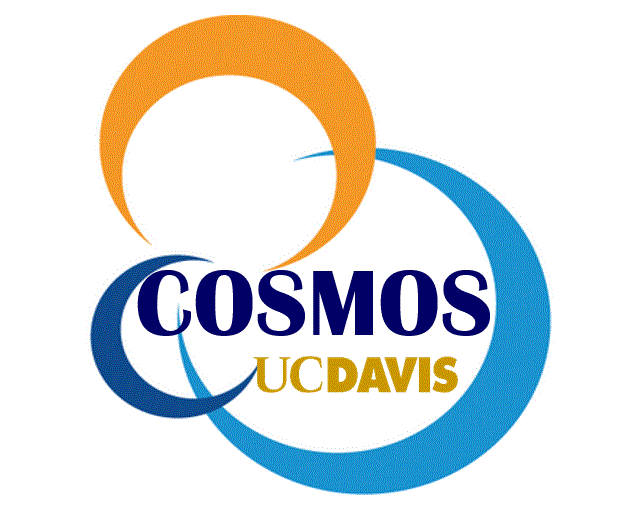Cluster 3 -- Introduction to Engineering Mechanics
- Instructors: Paul Erickson, Barbara S. Linke, Shima Nazari, Camli Badrya, Christina Harvey, Rich Whittle, Jonathon Schofield, Mohsen Habibi
- Prerequisites: Calculus & Physics, or Equivalent
Mechanical Engineering
The studies of Statics and Dynamics help engineers to figure out the loads on machines, structures, vehicles, and more. Combined with the Strength of Materials, stress, deformation, buckling, or failure can be predicted. This enables mechanical engineers to design machines and other useful products. We will discuss Computer-Aided Drawing (CAD) and Computer-Aided Manufacturing (CAM), which are important factors for modern manufacturing. With examples of 3D printing, machining, assembly, and other manufacturing operations, students will learn about sustainable manufacturing, including the economic, environmental, and social dimensions. An important field in mechanical engineering is Controls & Feedback Systems, including sensors, actuators, smart machinery, and vehicle dynamics.
Aerospace Engineering
Aerospace engineering applies scientific knowledge to the design, manufacture, and operation of aircraft. Fluid Dynamics, Heat transfer, and Thermodynamics allow us to understand the physical principles of flight and other engineering systems, such as automobiles, trains, ships and submarines, aircraft, rockets and missiles, sports equipment, and a variety of energy systems. Students will also learn about Aircraft Design and Performance and Rocket Propulsion, tour the wind tunnel facilities, and see experiments with fluids.
